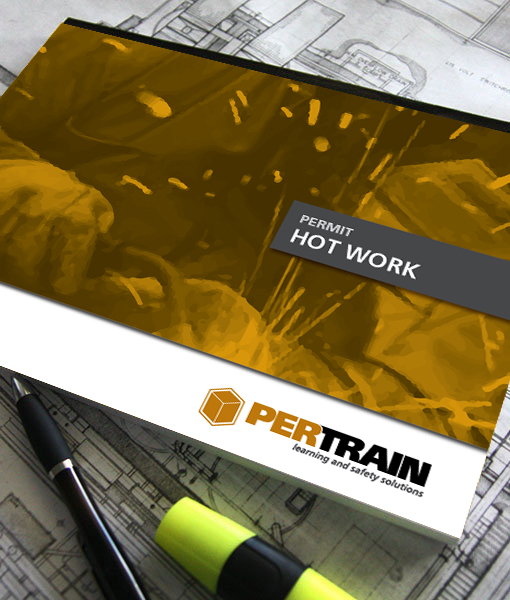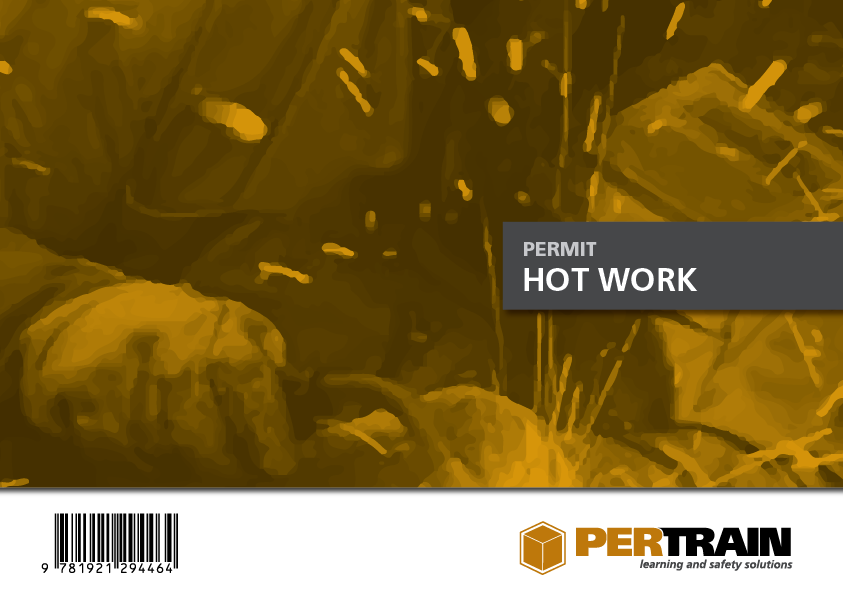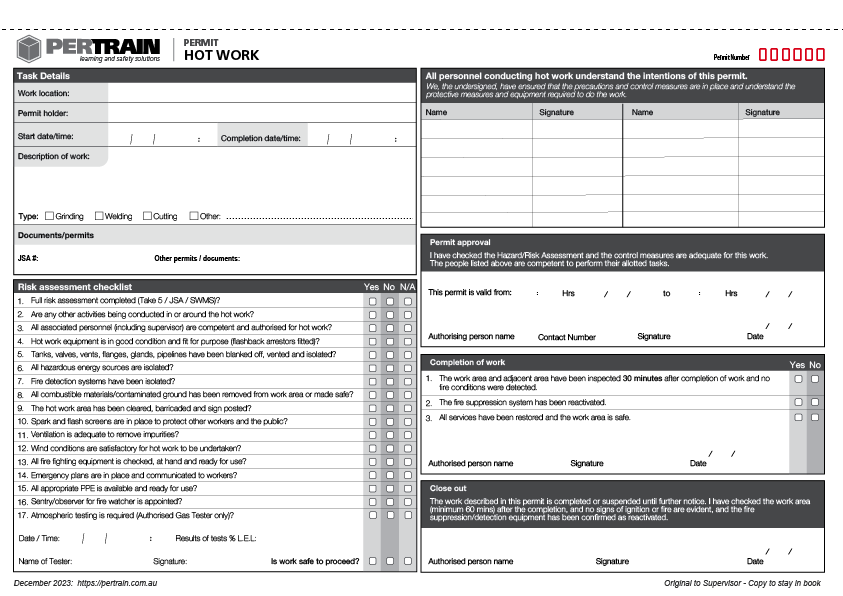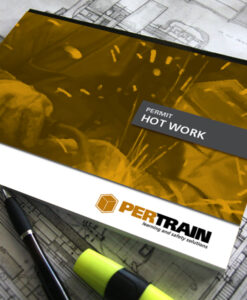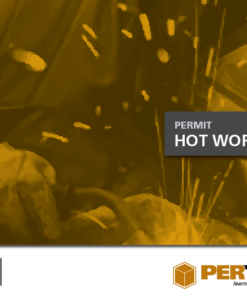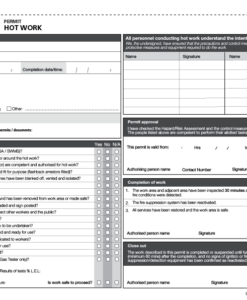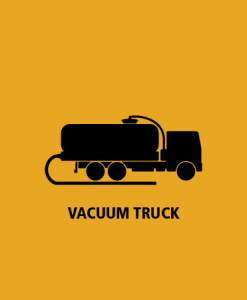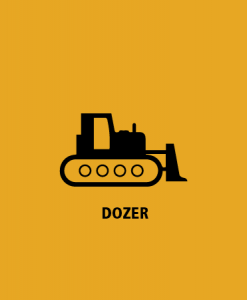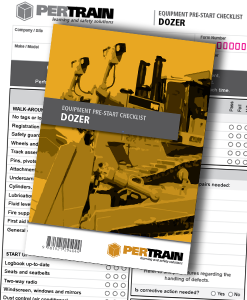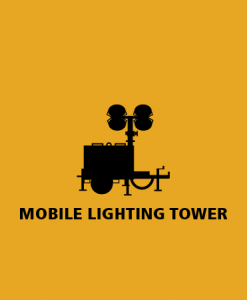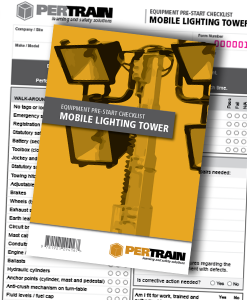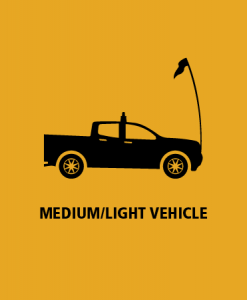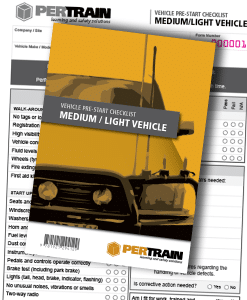Hot Work Permit Book
A Hot Work Permit is document that authorizes activities that involve open flames, sparks, or high temperatures in a workplace. The purpose of a Hot Work Permit is to assess and manage the potential fire hazards associated with such activities and to implement necessary safety measures to prevent fires.
Activities that require a permit include, welding, cutting, grinding, or other operations involving heat and sparks. The permit helps ensure that workers take appropriate precautions to protect themselves, their colleagues, and the workplace from the risks of fire.
Key components of a Hot Work Permit may include:
- Location: The area or location where the hot work will be conducted.
- Duration: The time frame during which hot work is permitted.
- Safety Precautions: Detailed instructions on safety measures, including the use of fire-resistant materials, fire extinguishers, and other safety equipment.
- Fire Watch: The personnel responsible for monitoring the work area for any signs of fire/ hazards during and after hot work.
- Equipment Inspection: Checks to ensure that equipment, such as welding machines or cutting tools, is in good working condition and free from defects.
- Surrounding Hazards: Assessment of potential hazards in the vicinity of the hot work, including flammable materials or substances.
- Permit Holder Responsibilities: Responsibilities and obligations of the individual or team performing the hot work.
- Emergency Procedures: Clear guidelines on what to do in case of an emergency, such as a fire or injury.
- Authorization and Signature: Approval and signature of a designated authority authorizing the hot work to proceed.
The specific requirements for a Hot Work Permit can vary based on local regulations, industry standards, and specific hazards present. Employers are responsible for implementing and enforcing hot work permit systems. They are also responsible for maintaining safe work environments, whilst ensuring workers adhere to the guidelines outlined in the permit.

